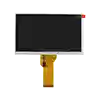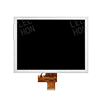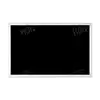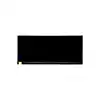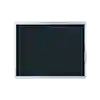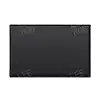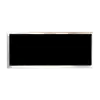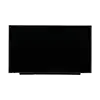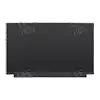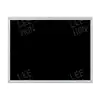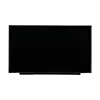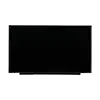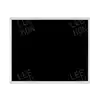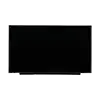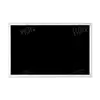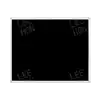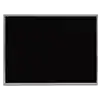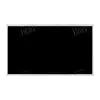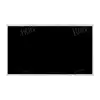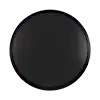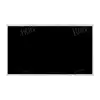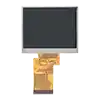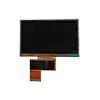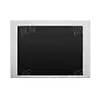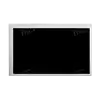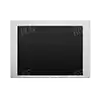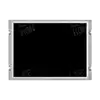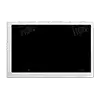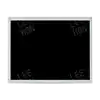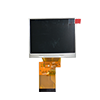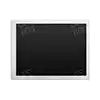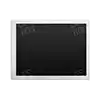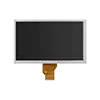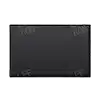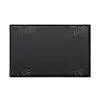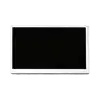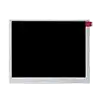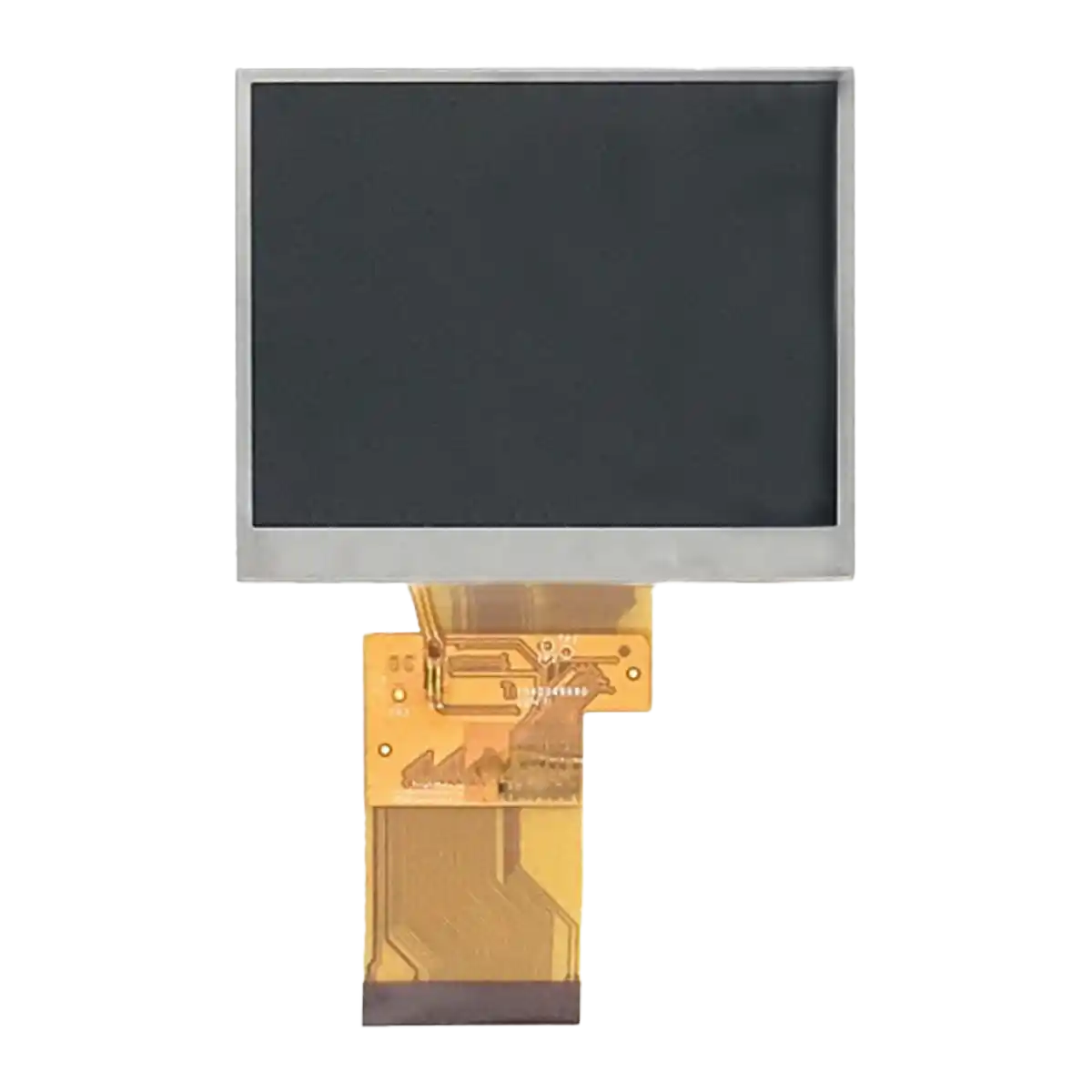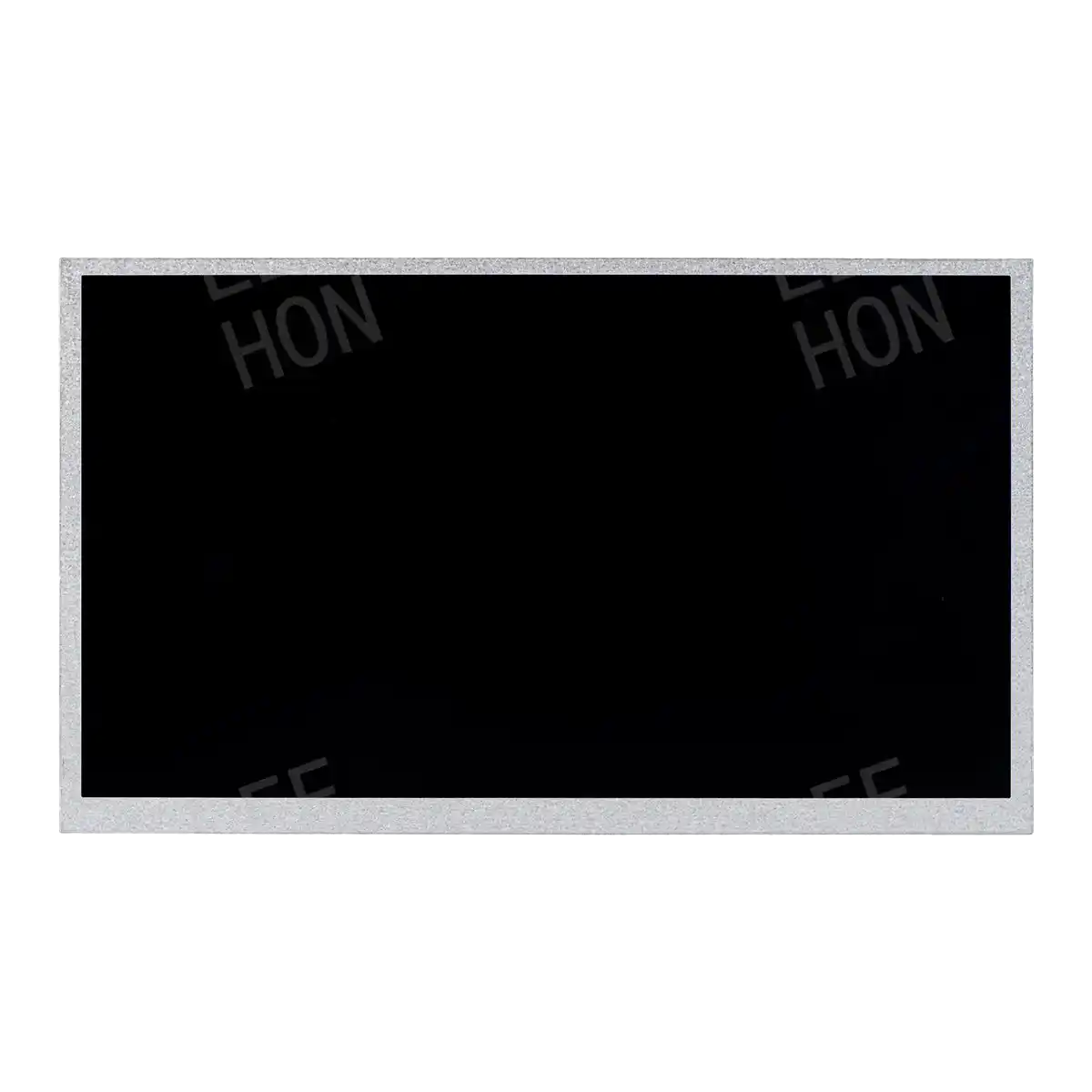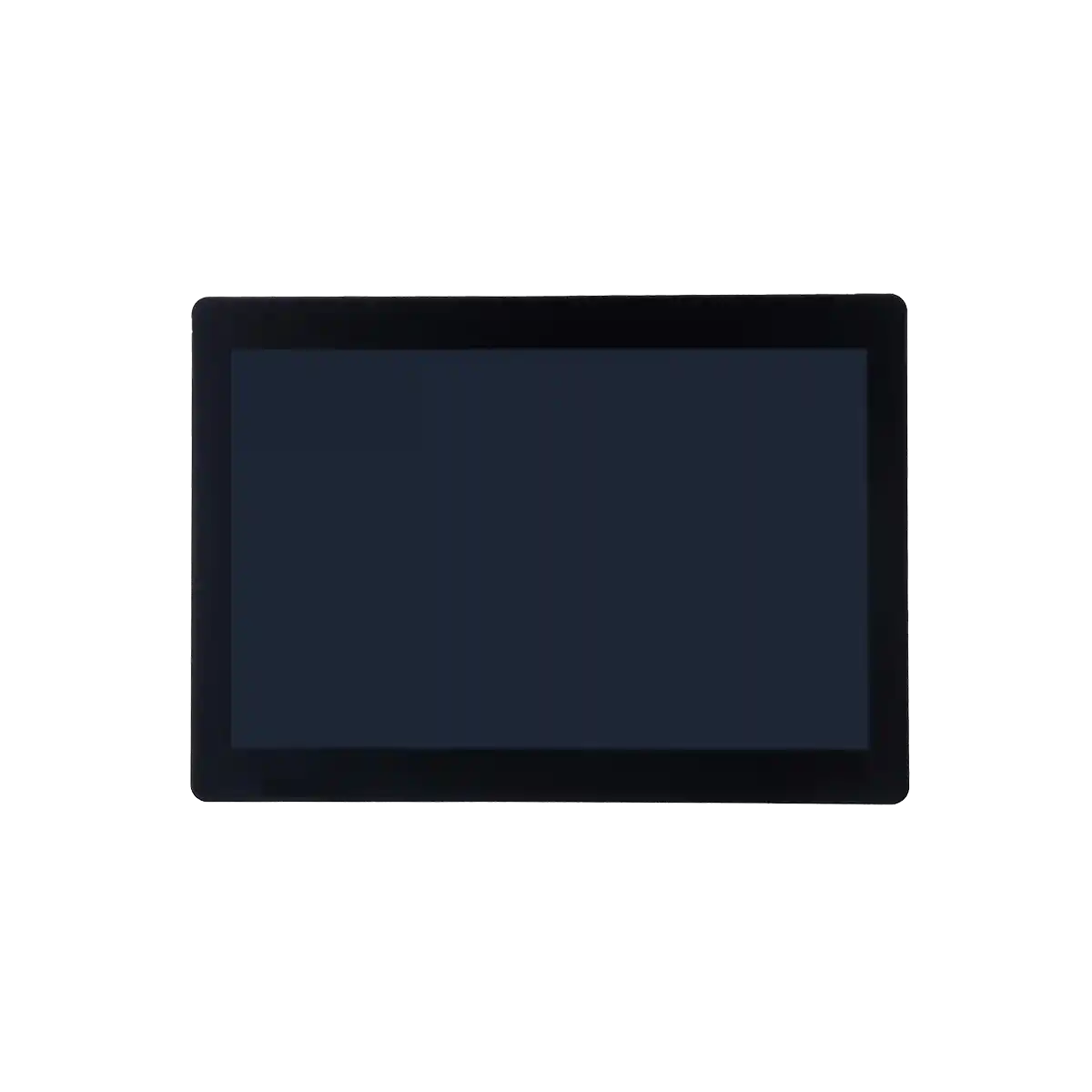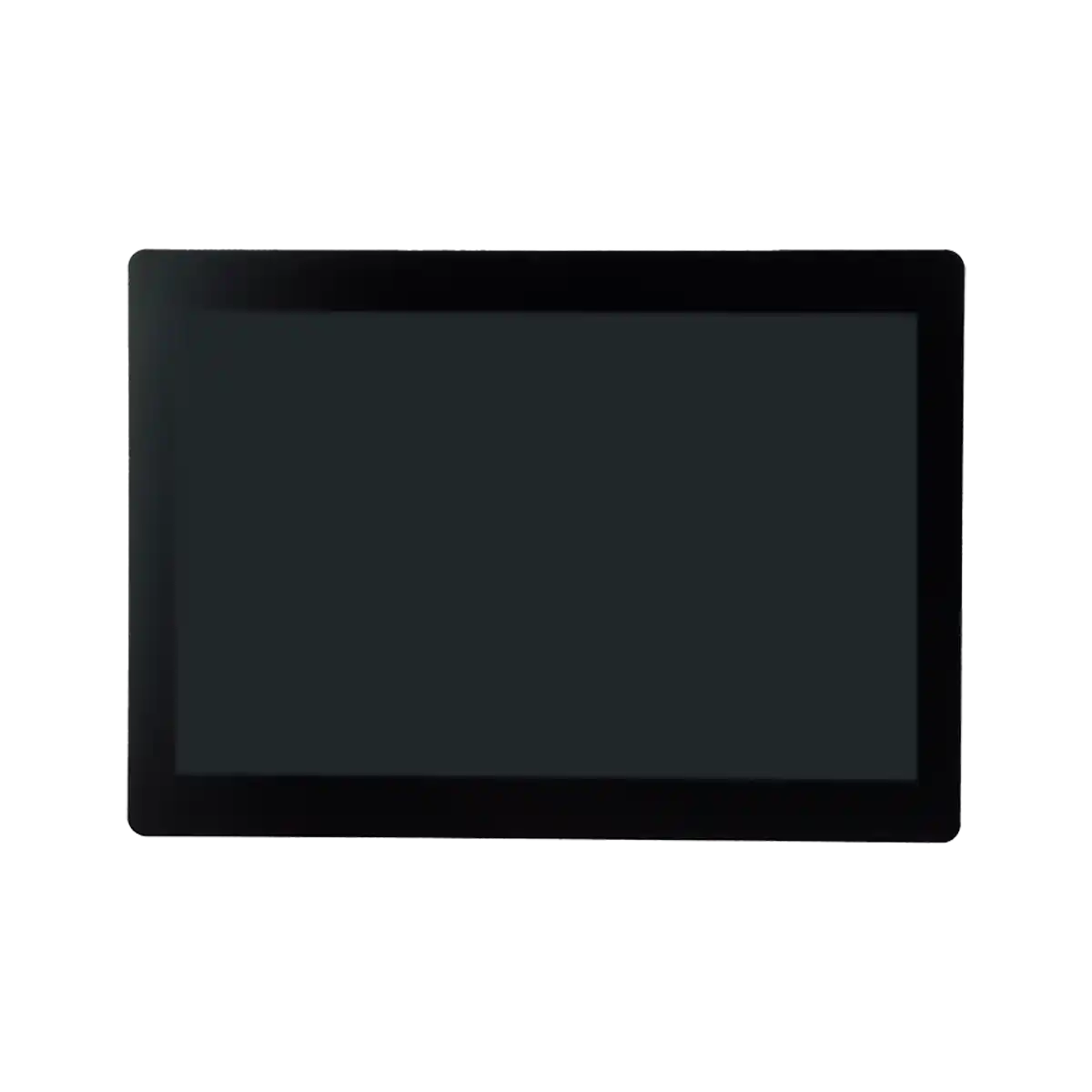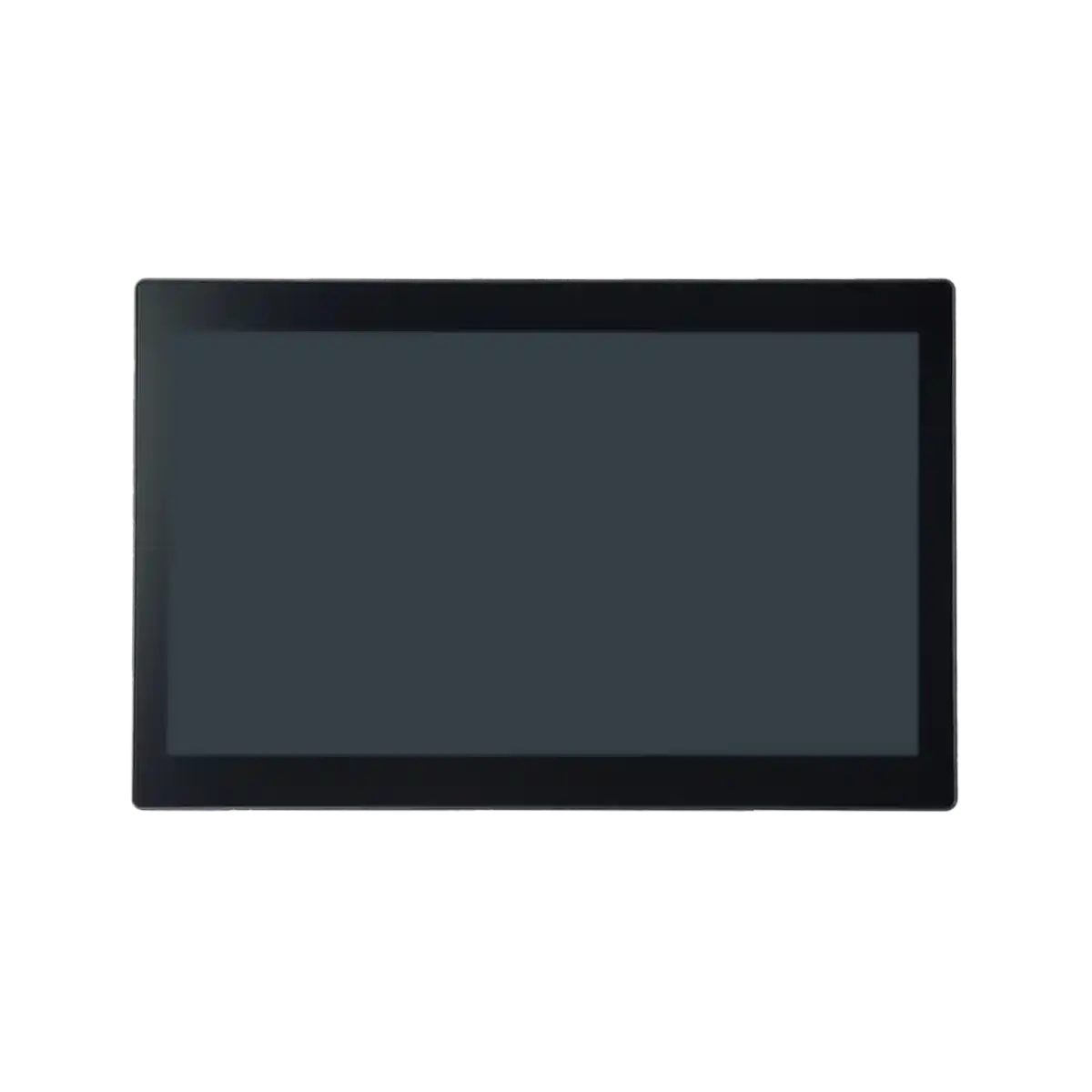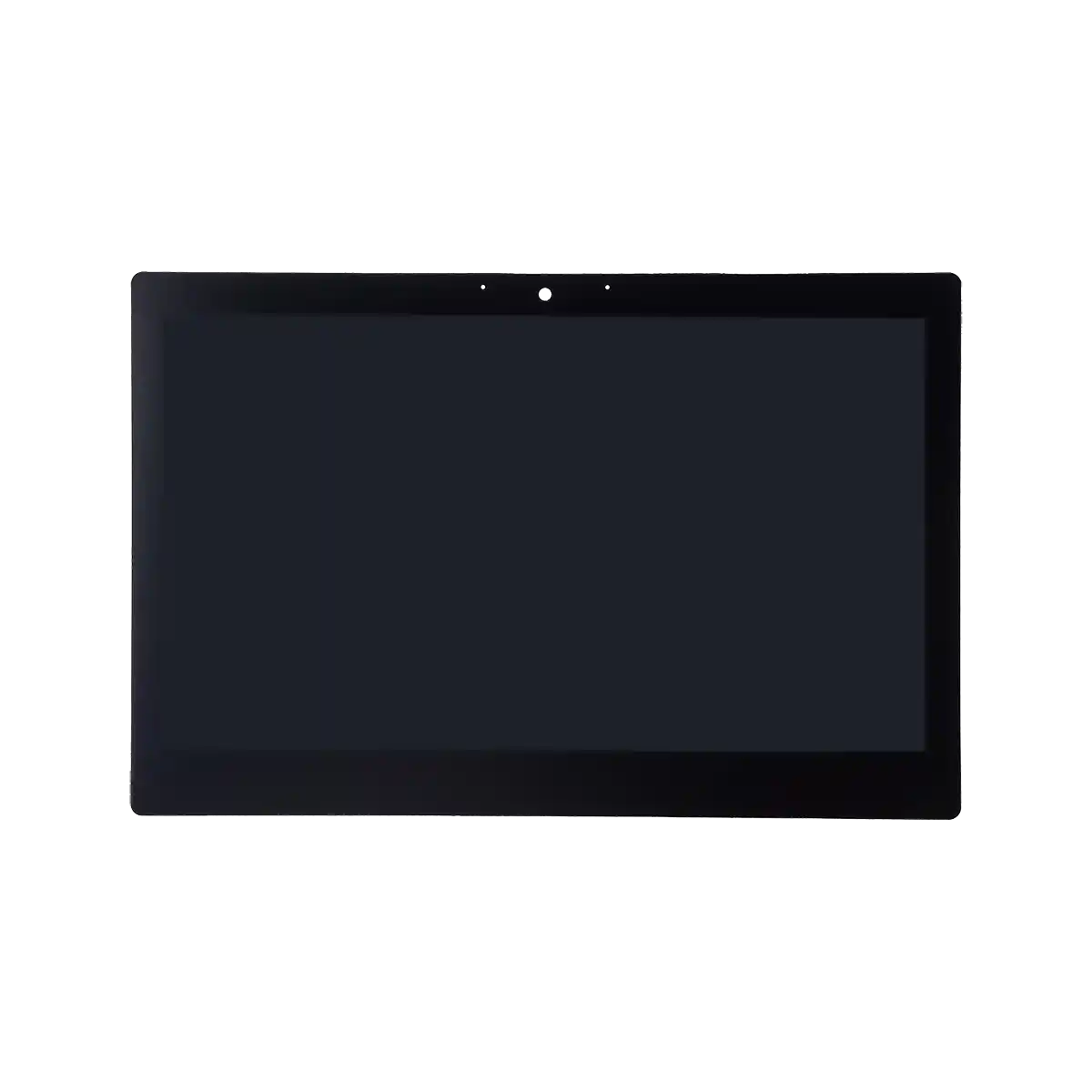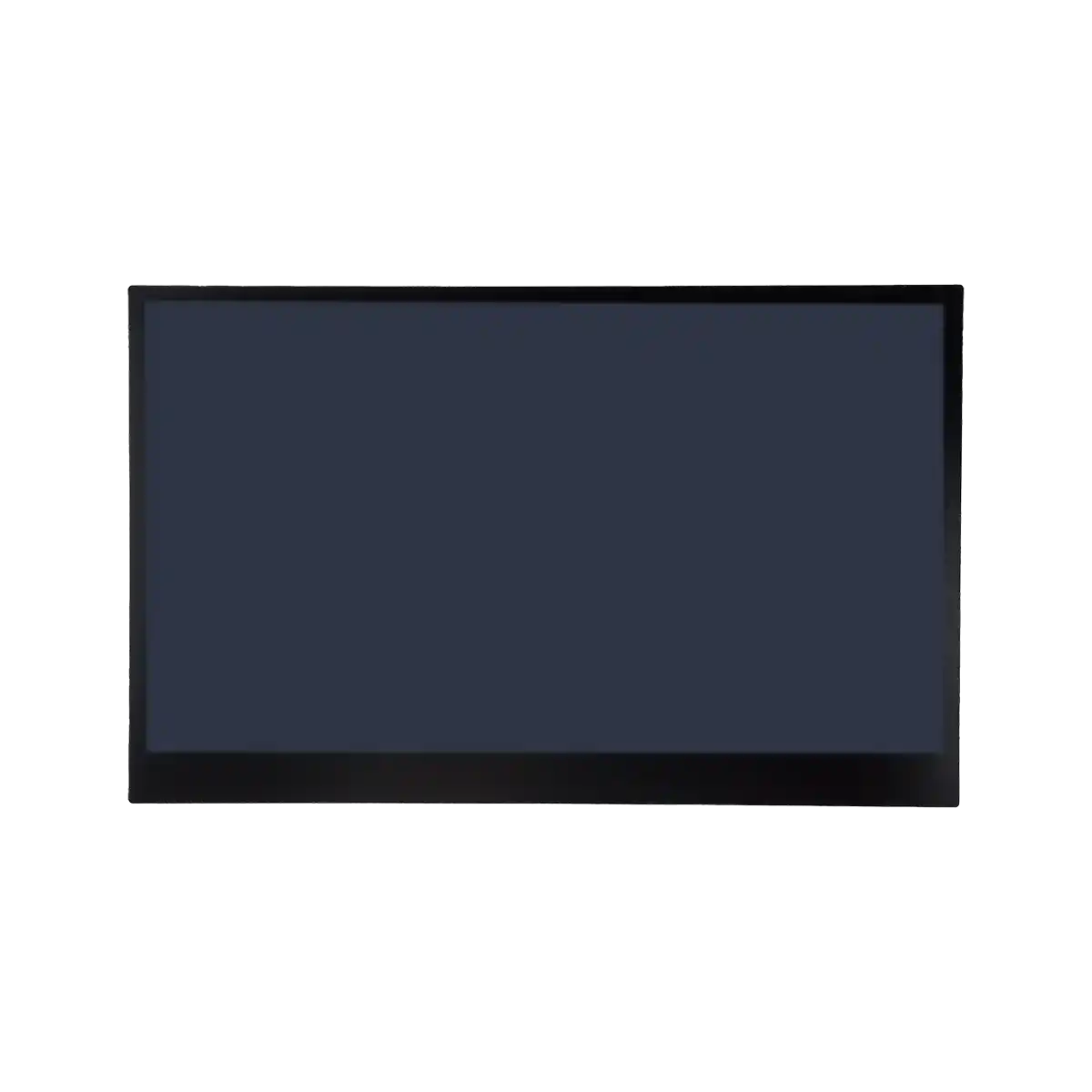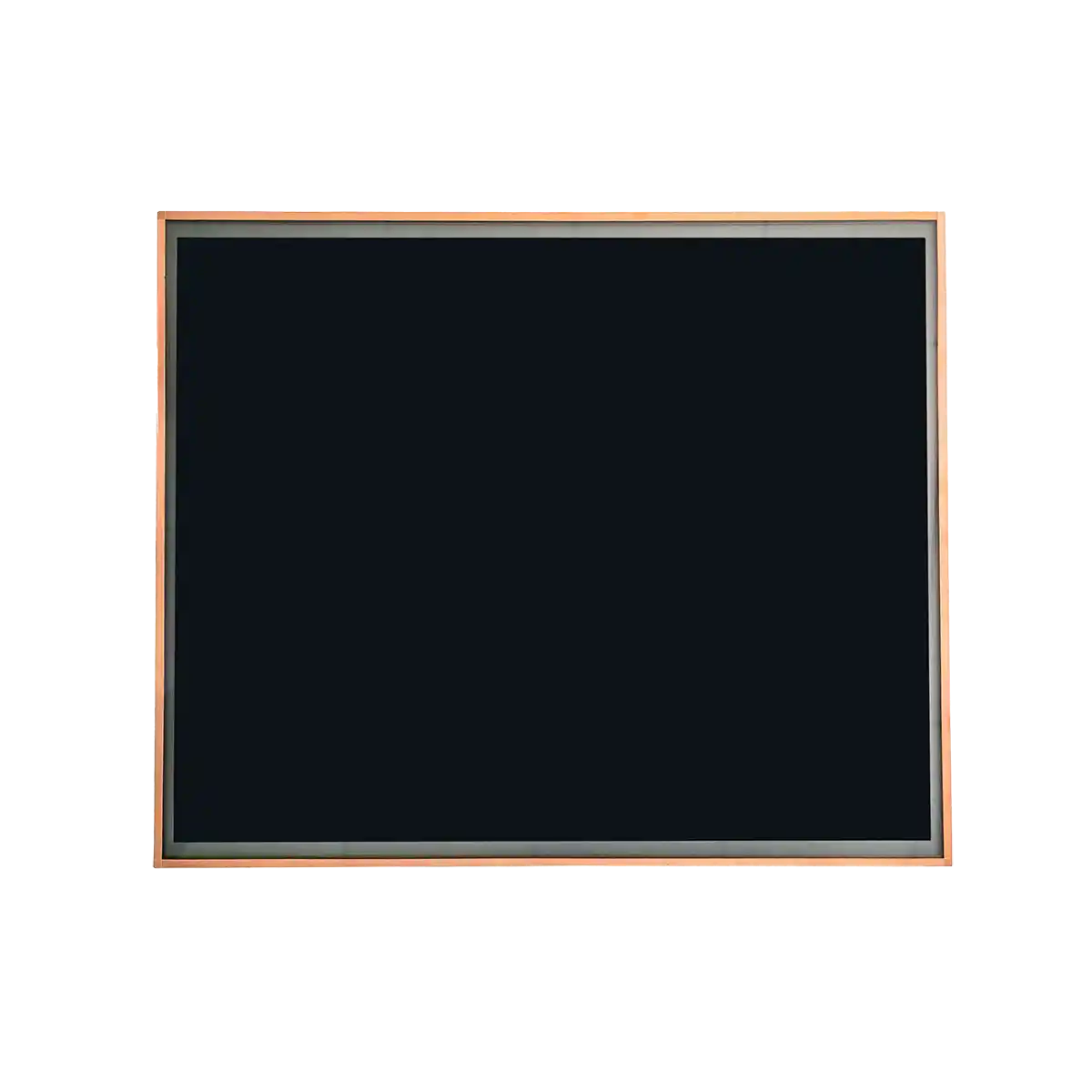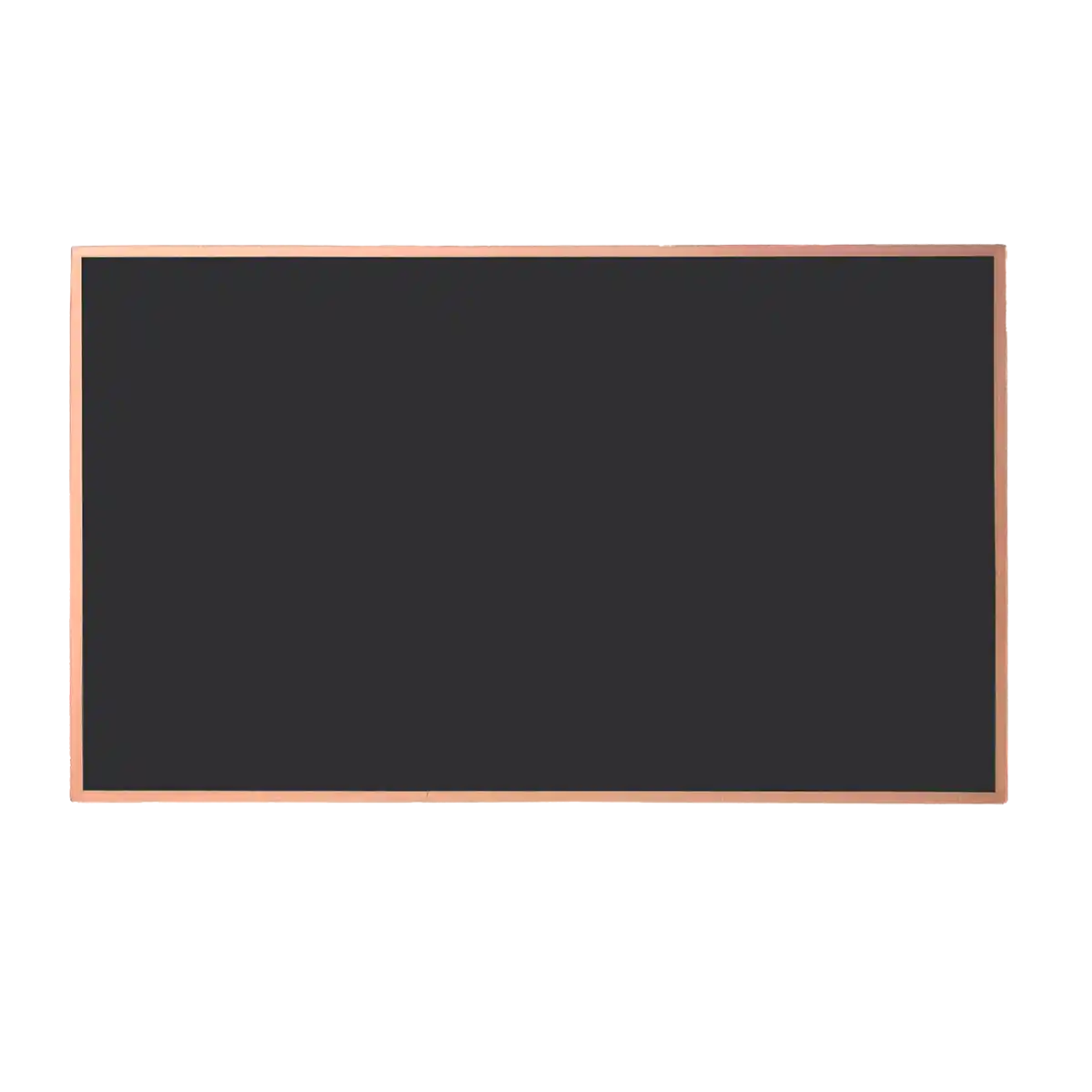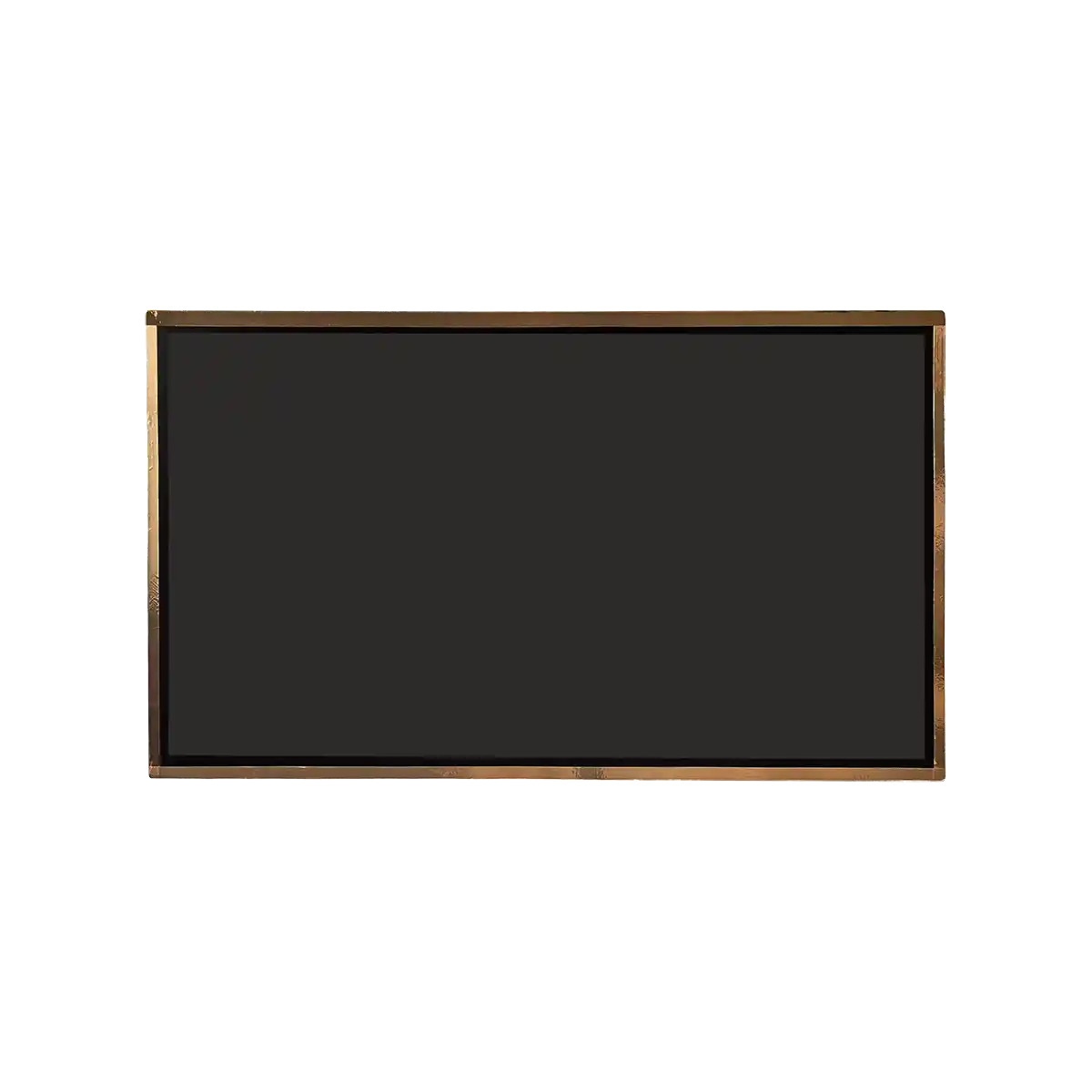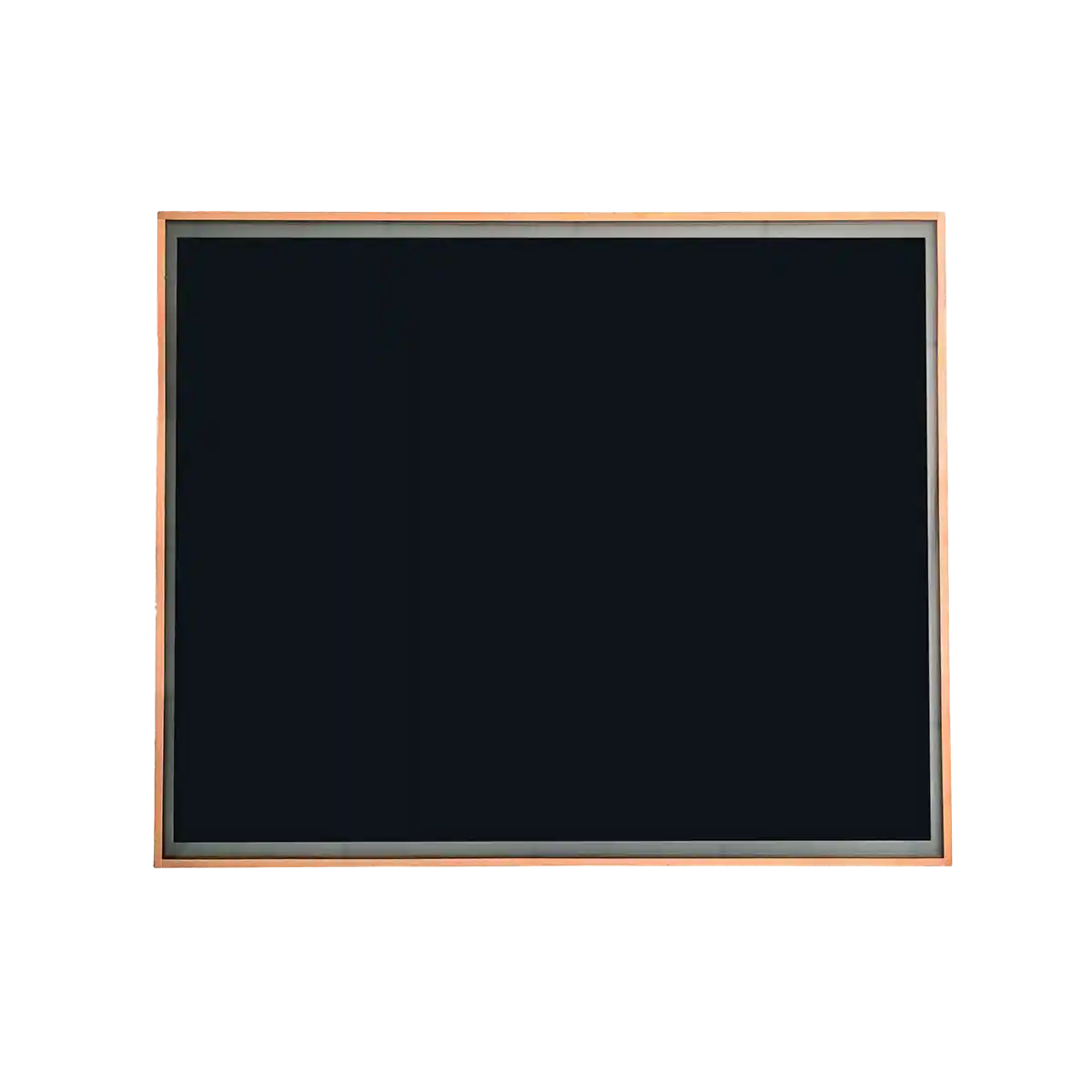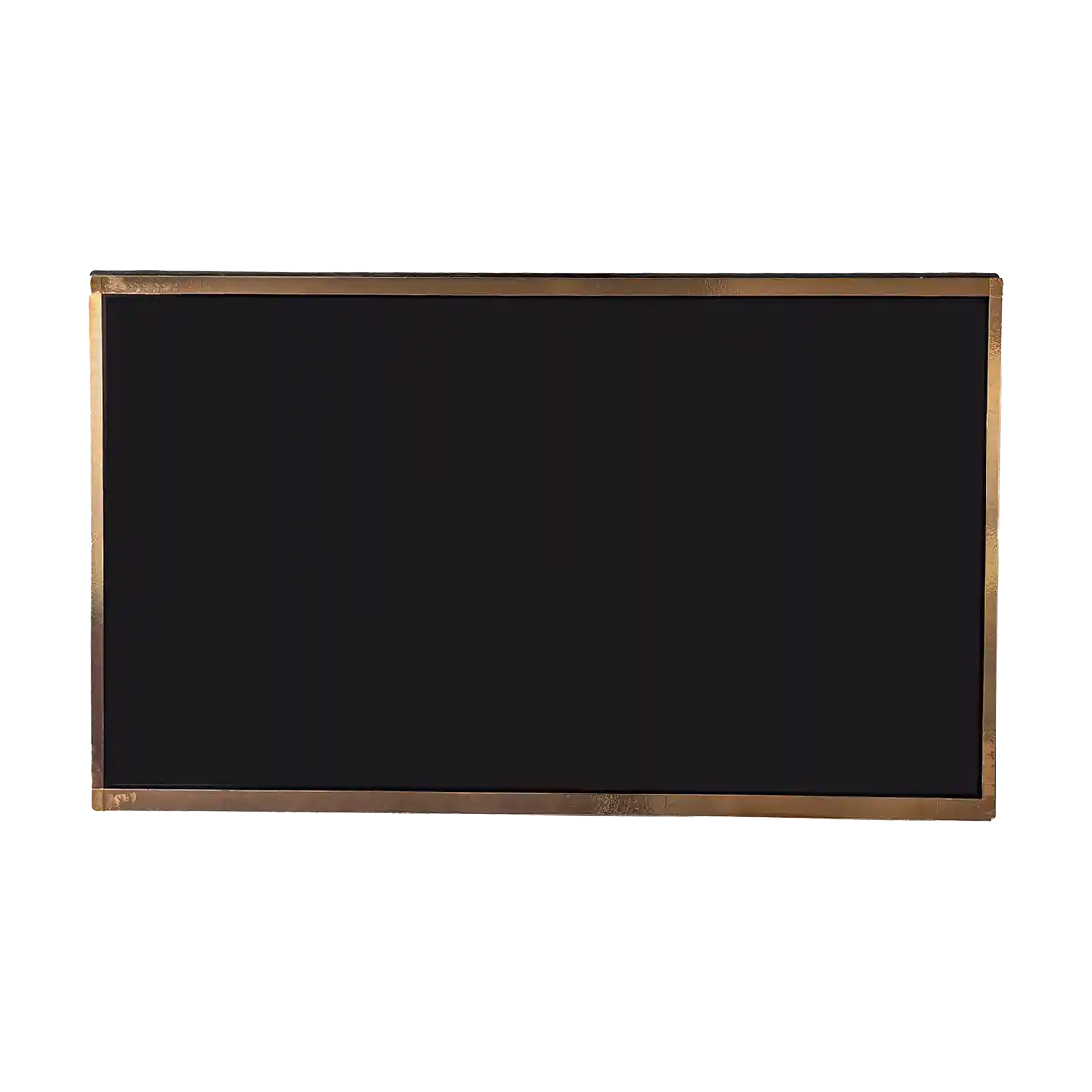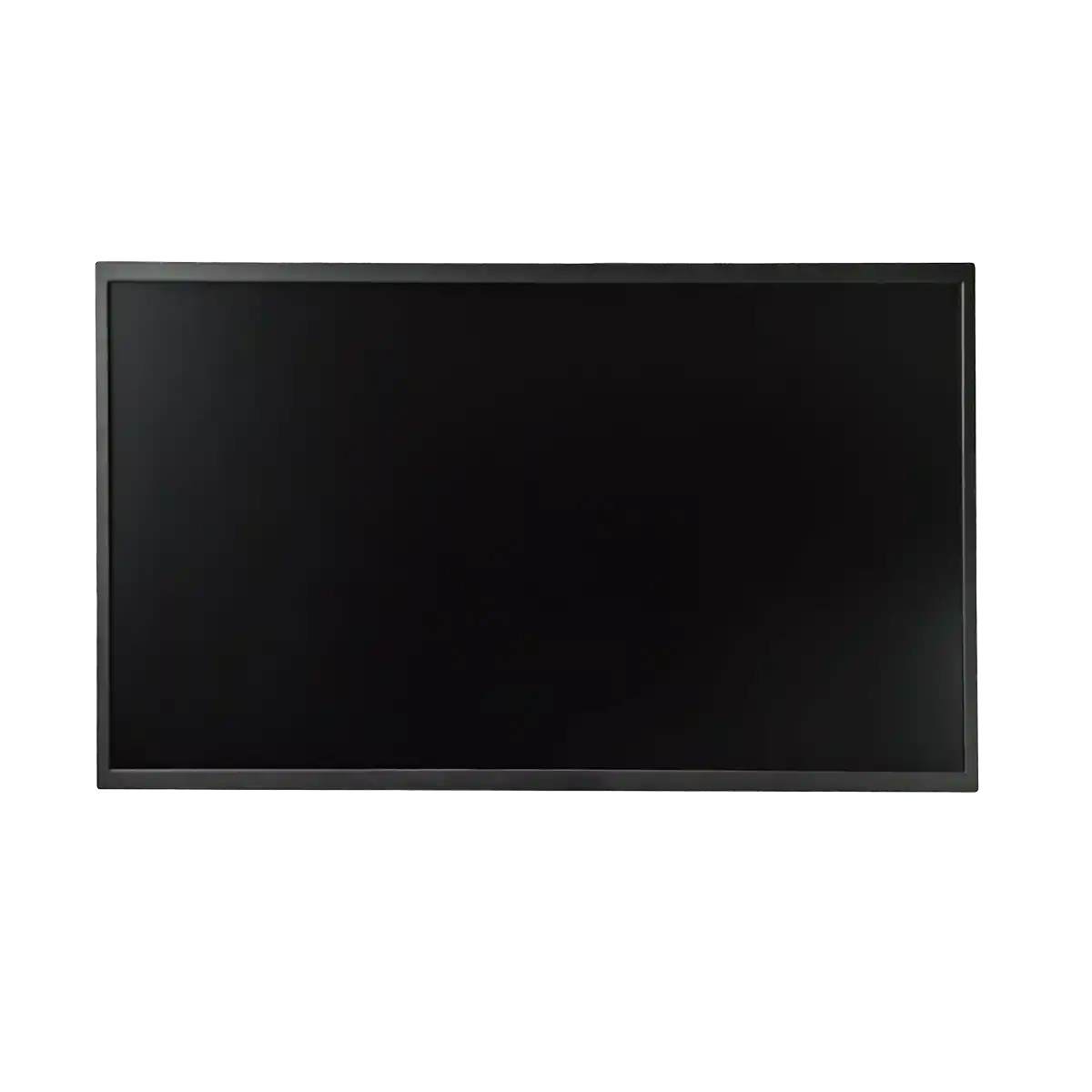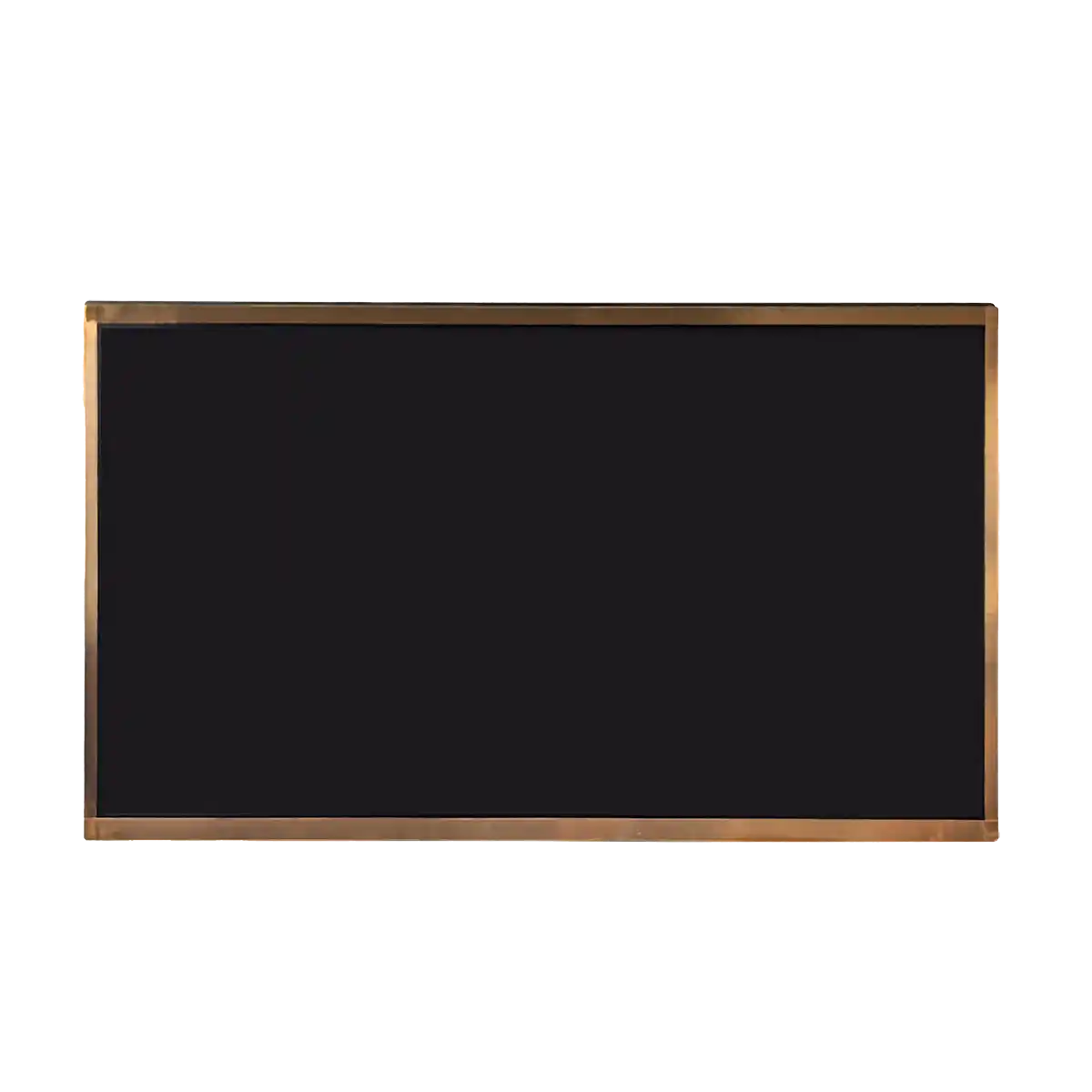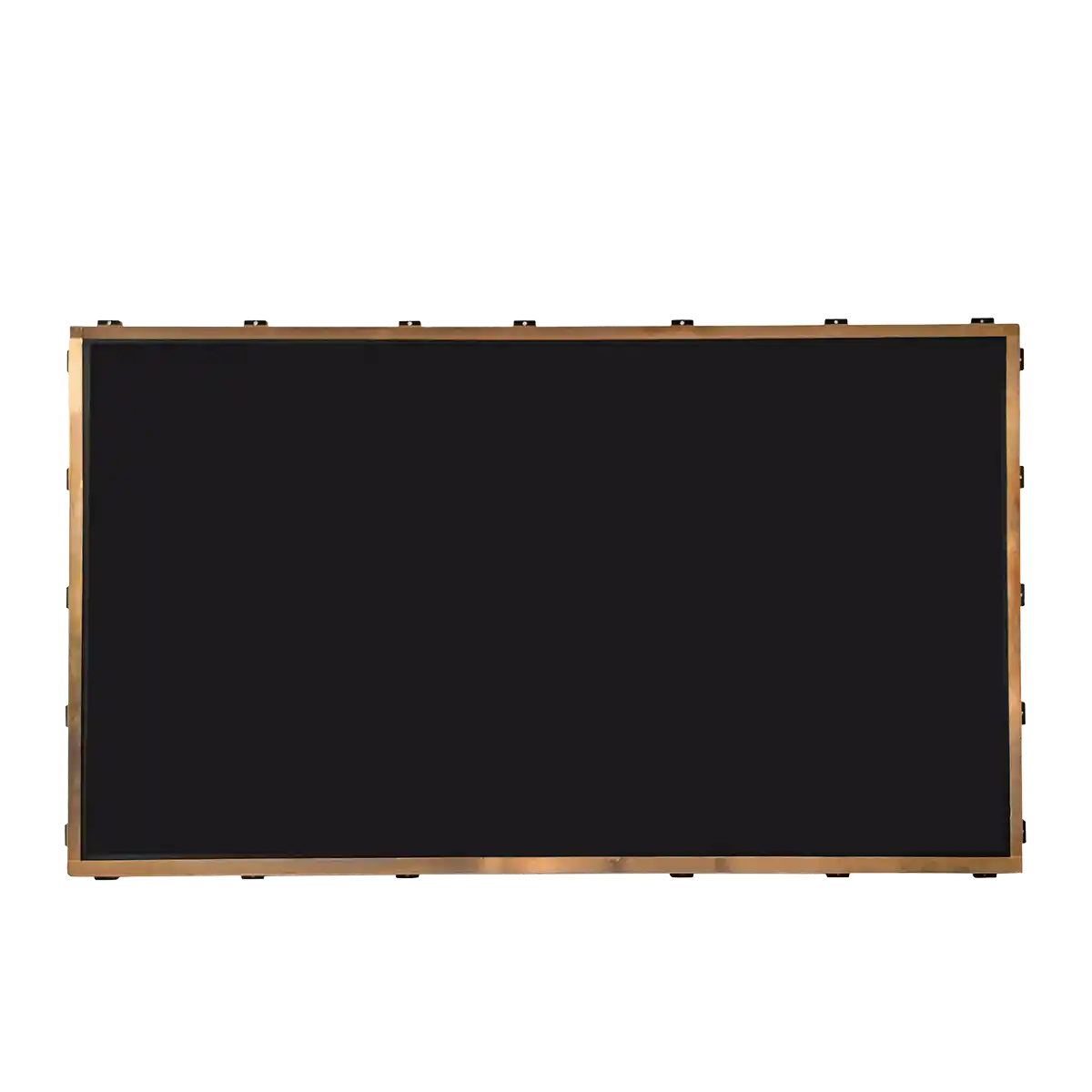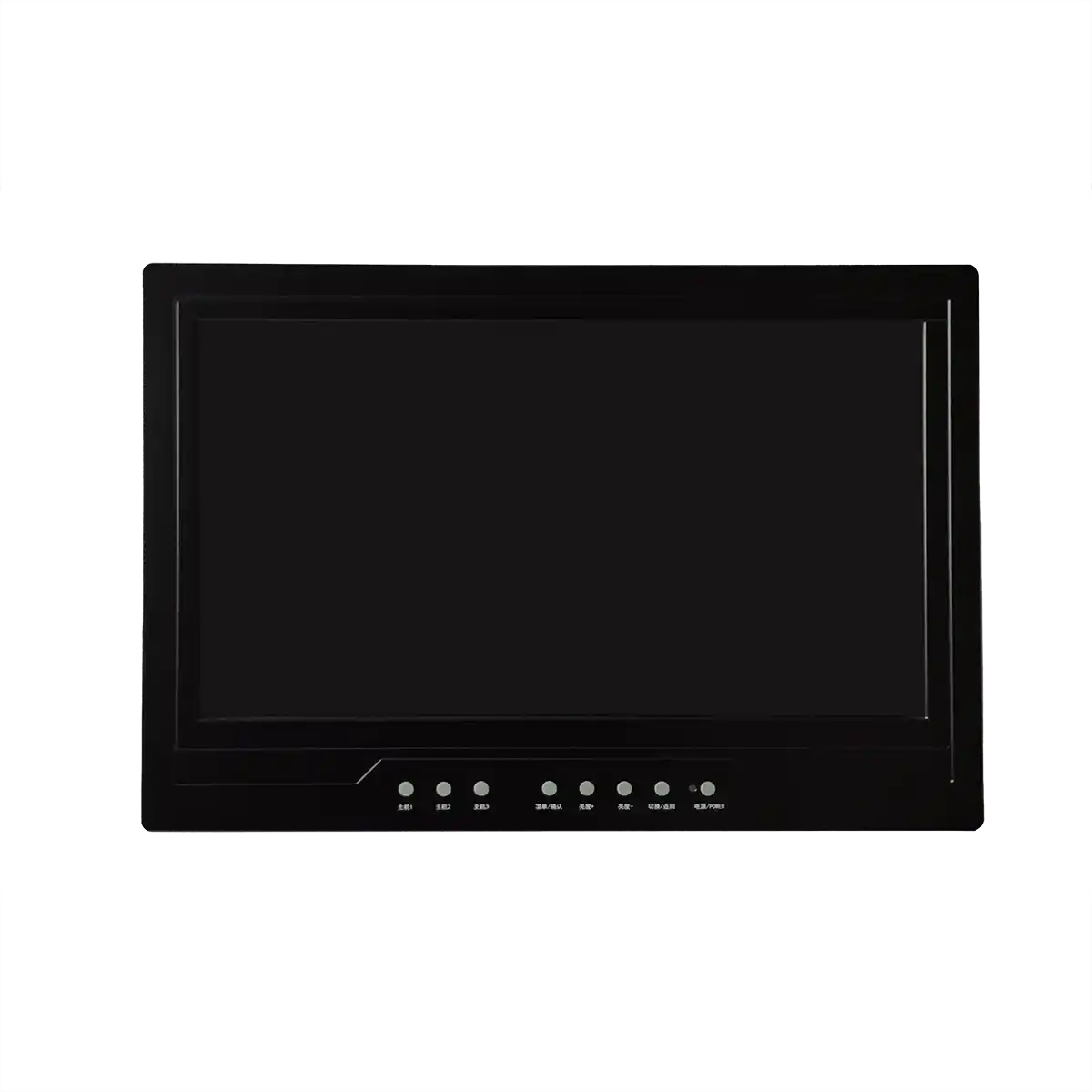The Integration of Industrial LCD Panels with IoT Systems
Introduction
In the realm of modern industrial automation, the convergence of display technology and Internet of Things (IoT) systems has opened up a plethora of possibilities for enhancing operational efficiency and data visualization. Industrial LCD panels, or Liquid Crystal Display screens, are the cornerstone of this technological evolution. These screens are designed to withstand harsh environments and provide clear, real-time information to operators and systems alike. As we delve into the intricacies of this integration, it is imperative to understand the fundamental components and their roles within the IoT ecosystem.

Body
The integration of Industrial LCD Panels with IoT systems is a multifaceted process that involves several key components. Firstly, the Industrial LCD Panels themselves are robust displays engineered to operate in extreme temperatures, resist vibrations, and endure prolonged usage without degradation. They are characterized by high brightness, contrast ratios, and resolution, ensuring that the information displayed is legible and precise.
At the heart of this integration lies the IoT system, which is a network of interconnected devices that communicate and exchange data over the internet. IoT devices range from sensors that collect data to actuators that perform tasks based on the received data. The integration of these devices with Industrial LCD Panels allows for real-time monitoring and control of industrial processes.
The process begins with data acquisition from various sensors within the industrial environment. This data is then transmitted to a central processing unit, often a microcontroller or a more sophisticated IoT gateway. The gateway processes the data, making decisions based on predefined algorithms or machine learning models, and sends the relevant information to the Industrial LCD Panel for display.
The Industrial LCD Panel, in turn, serves as a human-machine interface (HMI), providing a visual representation of the data and allowing operators to interact with the system. This interaction can range from simple data monitoring to complex control tasks, such as adjusting process parameters or initiating emergency shutdowns.
Moreover, the integration of Industrial LCD Panels with IoT systems often includes the use of cloud computing for data storage and analytics. Cloud platforms offer scalable storage and powerful processing capabilities, enabling the analysis of large datasets and the extraction of valuable insights.
Conclusion
The integration of Industrial LCD Panels with IoT systems represents a significant leap forward in industrial automation. It not only streamlines the process of data acquisition and visualization but also enhances the decision-making process by providing operators with timely and accurate information. This integration has the potential to reduce human error, improve process efficiency, and increase the overall safety of industrial operations.
Expansion
Looking ahead, the future of Industrial LCD Panels within IoT systems is promising. Advancements in display technology, such as the development of flexible and transparent LCDs, will further expand the applications of these panels in various industrial settings. Additionally, the integration of artificial intelligence (AI) and machine learning (ML) algorithms within IoT systems will enable more sophisticated data analysis and predictive maintenance, further optimizing industrial processes.
Furthermore, the rise of Industry 4.0 and the adoption of smart manufacturing practices will necessitate the integration of more advanced IoT-enabled devices and systems. This will lead to the development of more intelligent and interactive Industrial LCD Panels that can adapt to changing conditions and provide even greater insights into the operational status of industrial systems.
In conclusion, the integration of Industrial LCD Panels with IoT systems is a dynamic and evolving field that holds great potential for the future of industrial automation and smart manufacturing. As technology continues to advance, we can expect to see even more innovative applications of these integrated systems, driving efficiency and innovation across various industries.
Recommended Articles
-
Are the displays in Tesla's Cyb
2024-12-10 -
Interpretation Report on AUO's
2024-12-05 -
ADS Pro: The Future of Display
2024-12-04 -
The Trajectory of South Korea's
2024-12-04 -
Practical Applications of Indus
2024-09-26 -
Hangzhou LEEHON Technology supp
2024-09-14 -
How to Check for Issues in Indu
2024-09-11 -
How does an LCD screen find ind
2024-09-11 -
What is the difference between
2024-09-11 -
In-depth analysis of the develo
2024-09-10

